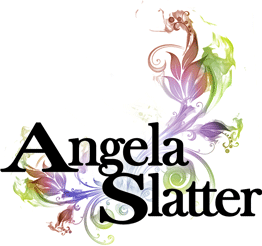 There is a secret format that will help get you safely through slush piles, enchant your readers and make you the beloved of editors everywhere. It’s called ‘industry standard’ and it’s not hard to do:
There is a secret format that will help get you safely through slush piles, enchant your readers and make you the beloved of editors everywhere. It’s called ‘industry standard’ and it’s not hard to do:
Paper: use white A4 paper.
Spacing: double line spacing.
Font: 12 point font in either Courier or Times New Roman.
Print: black ink and only on one side.
Margins: should be about 3cm all around.
Header: put in Your Name/Title of the Work/Page Number.
Secure: by means of bulldog clips or rubber bands – do not attempt to staple or otherwise bind your manuscript.
Send: copies only and not your original manuscript.
Not every publisher/journal/magazine/editor will accept this, but the majority will. How can you establish what individuals want? Check their websites for submission guidelines. Do your research. Some, particularly online publications, will want things to be a little different: single-spaced in Arial Narrow, but most will accept the industry standard above.
Why do I continue to harp on this? Firstly, because I am a grumpy old writer and secondly, while consistency may well be the hobgoblin of little minds, you need to remember that formatting is more than just a way of annoying people.
Formatting is signposting.
It says “This way to the story”.
The way words look on a page or a screen directs a reader’s attention. A paragraph indent says “Hi, new ideas here”. A section break says “Time has shifted. You can safely put your book down for the night if you wish.” Formatting indicates pauses, can affect pacing, it can make things easier or harder for someone to read/scan. It can invite a reader in or hold up a big red hand (or indeed, a big finger) to them that says STOP!
If you ignore the conventions and go with something that is single-spaced in Brush Script, in 9 point font, you’re creating the equivalent of contractual fine print. Just as fine print screams “I’m hiding something”, so does incorrect formatting – you’re hiding your story. You’re not encouraging someone to come in, to follow the tale.
And to an editor you’re saying “I don’t know what the rules are and I was too lazy/ignorant/stupid to bother to find out”, or “I am magnificent, special and precious – I will be a lot of work and rules don’t apply to me”.
Formatting utilizes the hard-wired cues every reader has embedded in them. The familiar shapes have evolved over many, many years – why mess with them? For more information, you can go to Bill Shunn’s awesome site http://www.shunn.net/format/story.html or look at the QWC Resources Page for the Submissions Resource Sheet or Kate Eltham’s Formatting Your Manuscript http://www.qwc.asn.au/WritersResources/ResourcesFAQs.aspx.


4 Responses to On the Ancient and Secret Art of Formatting